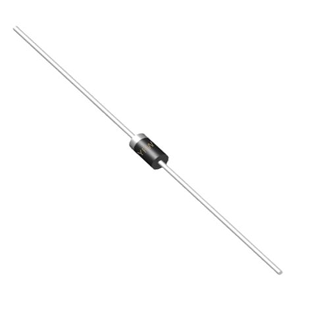Analysis of Rectifier Diodes
Date:2025-06-16 Categories:Product knowledge Hits:351 From:Guangdong Youfeng Microelectronics Co., Ltd
Rectifier diodes are crucial semiconductor devices in power conversion circuits, primarily used to convert alternating current (AC) into direct current (DC). Their reliable operation and performance directly impact the stability and efficiency of power supplies. Analyzing rectifier diodes comprehensively involves examining multiple aspects, from fundamental parameters to operational characteristics and circuit applications.
1. Basic Structure and Working Principle
Rectifier diodes are typically made of silicon (Si) or germanium (Ge) semiconductor materials. The core structure comprises a p-n junction formed by doping techniques. In the p-type region, there is an abundance of holes (positive charge carriers), while the n-type region has an excess of free electrons (negative charge carriers). At the p-n junction, a depletion region forms, which acts as a barrier for charge carriers.
When a forward bias voltage is applied (anode connected to the positive terminal and cathode to the negative terminal of the power source),
Rectifier diodes,
the external electric field opposes the built-in electric field of the depletion region. This reduces the width of the depletion region, allowing electrons and holes to recombine across the junction. As a result, current flows through the diode, and it conducts electricity. Conversely, under reverse bias, the depletion region widens, significantly increasing the resistance, and only a negligible reverse leakage current flows. This unidirectional current - conducting property is the foundation for rectifying AC signals.

Previous:
Classification, Structure, and Principle of MOSFET
Next:
Key Electrical Parameters
